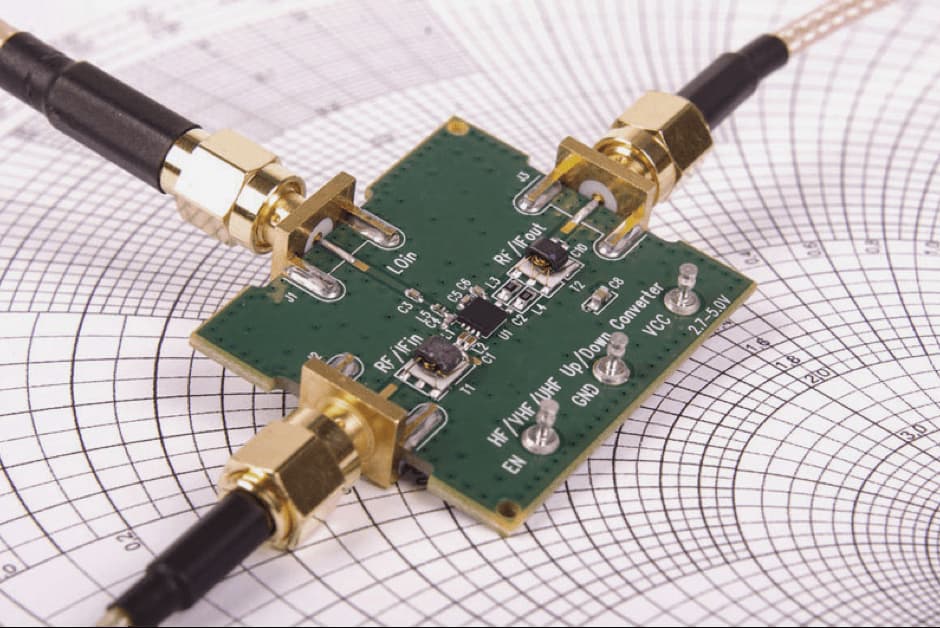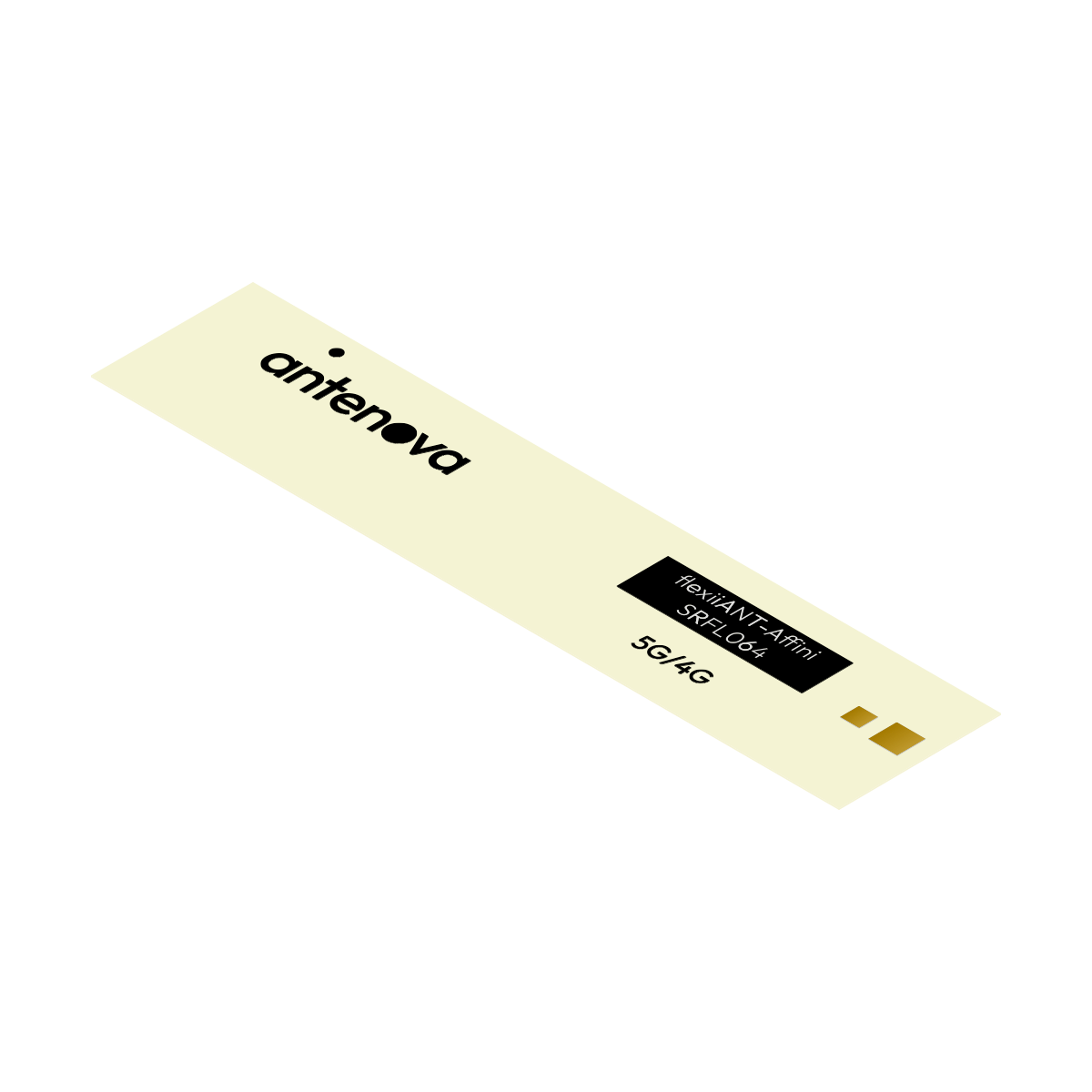Embedded 5G antennas for small devices
.
What are embedded antennas?
The high speed and responsiveness of 5G connectivity is becoming increasingly present across wireless devices. IoT, tracker and industry devices are all utilising impressive throughput and bandwidths to excel in their respective applications. For smaller devices however, 5G antenna integration can become a challenge due to its wideband certification requirements. Embedded antennas act as a solution but what are they, and how does 5G connectivity impact their integration?
Embedded chip antennas are contained within a device or component, operating alongside various other internal electronics. Depending on the type of embedded antenna, they can be placed on the device’s internal PCB or attached to the product housing. These antennas have paved the way for the miniaturisation of technology, providing designers with a compact and hidden alternative to the typically large and noticeable terminal and external antennas. Small IoT, wearable and asset trackers are but a few examples of compact devices that utilise embedded antennas.
The challenge of using embedded antennas, however, lies in the various integration factors that dictate their connectivity and performance. Firstly, embedded chip antennas have only one radiator, and require a conductive ground plane that functions as a second radiator. This ground plane must be at least a quarter wavelength of their lowest frequency signal to function; if the ground plane is too short for the specific frequency band, the antenna will lose TRP (total radiated power) and efficiency. Secondly, their embedded nature means they are vulnerable to noise and interference from other internal components, which can negatively affect connectivity.
How does 5G connectivity impact embedded antennas?
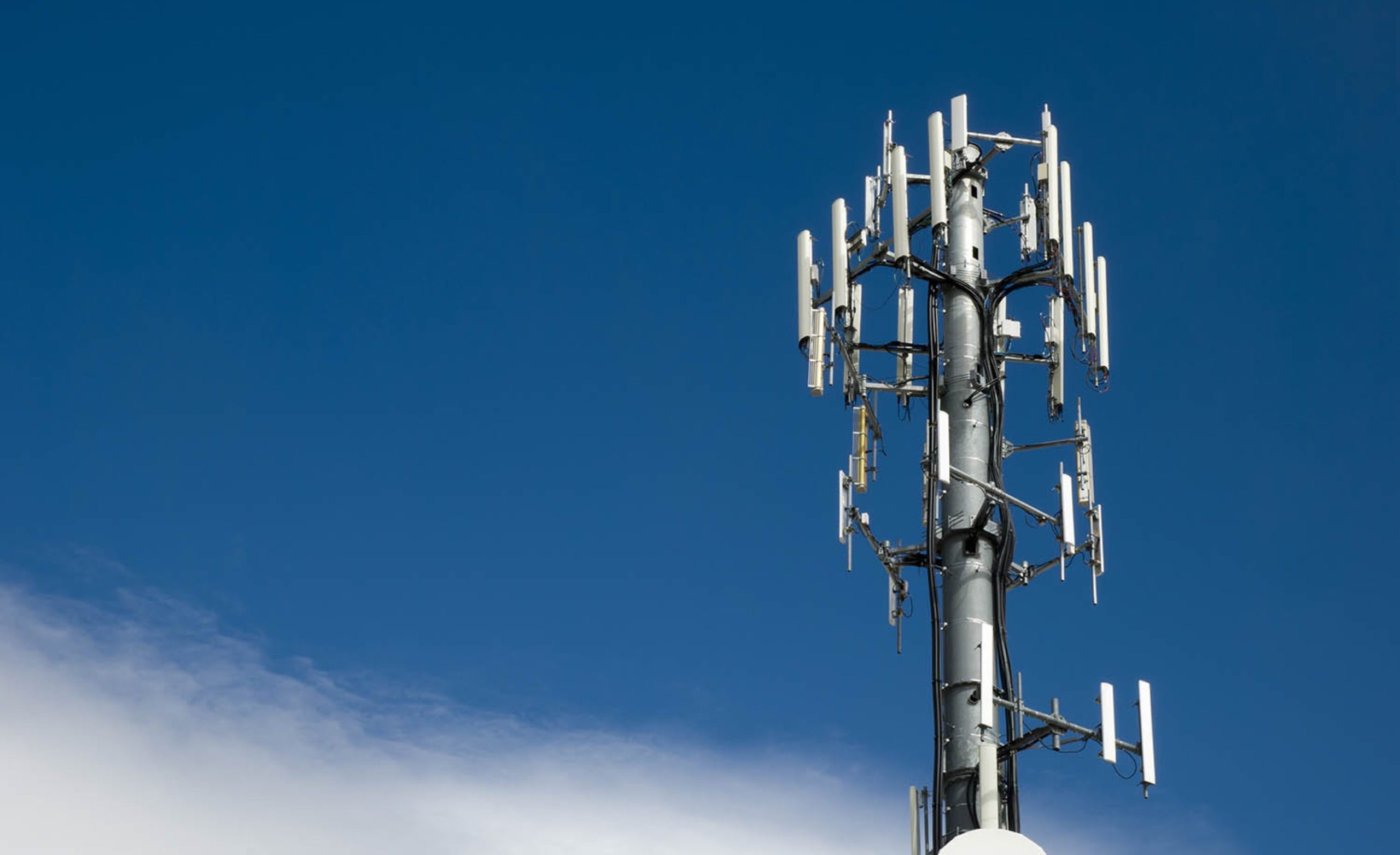
Frequency band
One of the most prominent integration challenges of embedded antennas derives from the specific frequency band they operate on. These are the allocated frequencies the antenna communicates with, depending on the wireless technology it uses. 5G chip antennas operate on a wide range of frequency bands, usually separated into low-band (below 1GHz), mid-band (1-6 GHz) and millimetre wave (>10 GHz) spectrums.
What are the types of 5G embedded antennas?
SMD
Surface-mounted antennas are the forerunners of miniature embedded chip antennas. They are mounted directly onto the host PCB of a device, and were the first form of embedded antenna to substitute its terminal and external counterparts. SMD chip antennas are simple to integrate with low part cost and compact size, as well as being suitable for high-volume manufacturing using pick-and-place machinery.
In the context of 5G connectivity, SMD antennas require fairly substantial ground-plane space to perform. Moreover, as these antennas are placed alongside components on a PCB, they are susceptible to component noise and interference that can impact wireless performance. Both these factors make integration an integral early stage of design for devices that wish to use 5G SMD antennas.
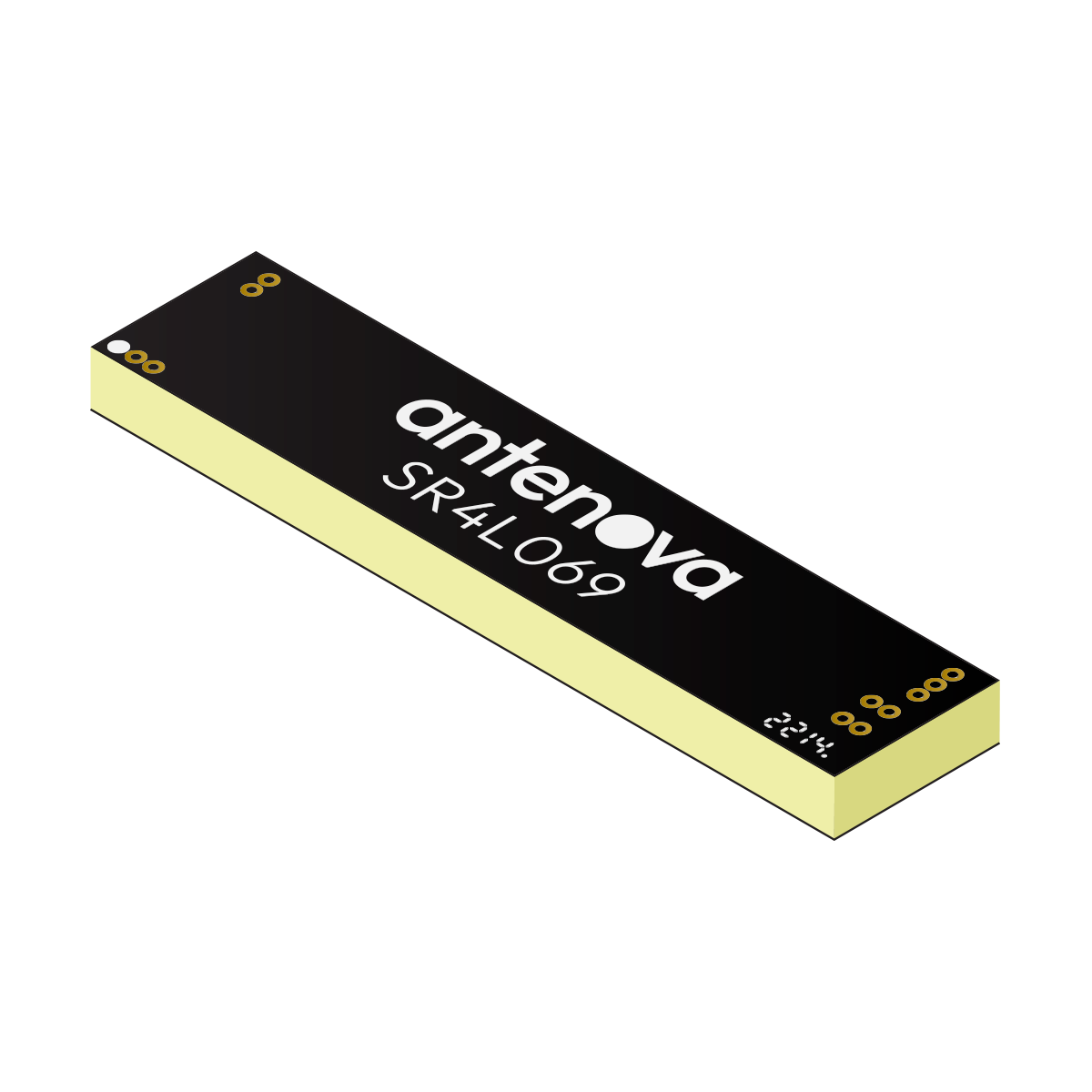
FPC
Pharaoh – built to perform
Pharaoh is an SMD antenna built to be larger than other choices to ensure performance and efficiency at the low bands of 5G where many devices fail certification. That said, it has a size footprint of 37.0 x 13.0 x 3.3 mm, making it appropriate for an array of small to medium devices. Pharaoh is designed to perform at the peak of performance so that you can have confidence in the connectivity of your device.
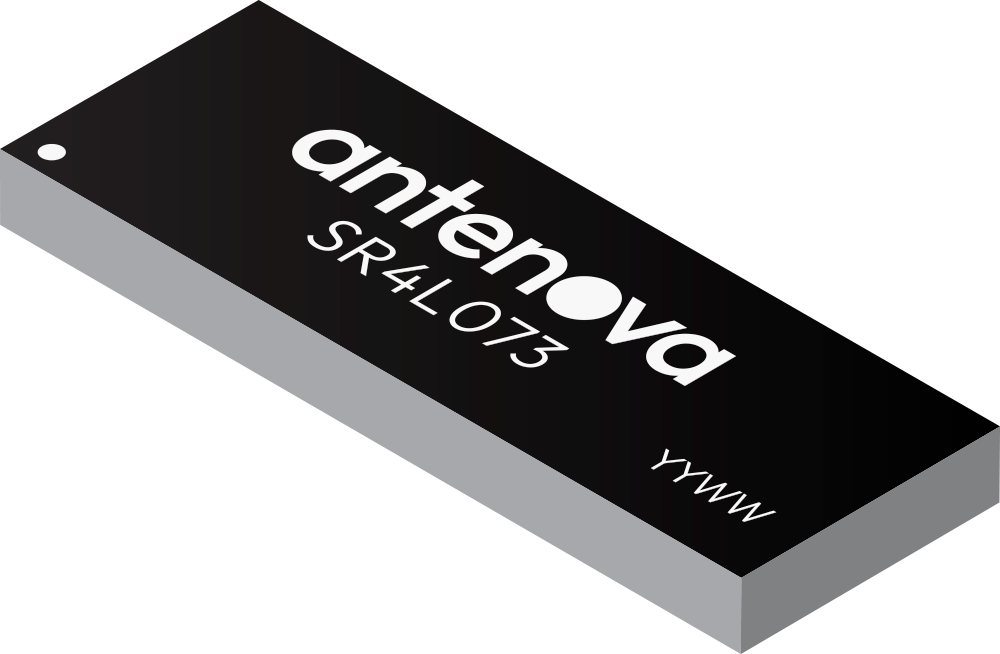
Discover the perfect 5G embedded antenna solution with Antenova
The integration of embedded 5G antennas is an intricate process that needs to be performed as early as possible. Fortunately, antenova offers an array of embedded 5G antennas so that you can find the perfect wireless solution for your device. We also offer an in-depth integration hub to guide you through the integration process for your device. If you have further integration or antenna questions, contact a member of our team today for additional support.

